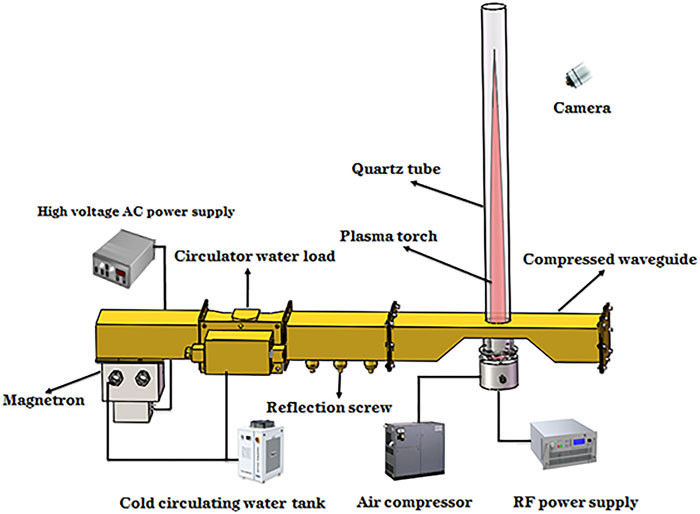
Humanity relies on fossil fuels such as gasoline for transportation. However, fossil fuels create greenhouse gases and have limited reserves. However, a research team at the Institute of Technology and Science at Wuhan University has unveiled a prototype jet propulsion device for aircraft that does not require such fossil fuels and is powered by electricity only.
Existing jet engines generate thermal energy by burning fossil fuels and oxygen, including air, and heat and expand combustion gases with this thermal energy to gain propulsion. In other words, fossil fuels in jet engines are being used to produce heat energy.
The research team created a prototype jet engine that generates this thermal energy from plasma. This engine, which does not require fossil fuels, compresses air at high pressure to generate ionization and thermal energy in microwaves to create thrust.

When the engine structure is driven, it first generates a 1kW high-power microwave using a magnetron. This microwave creates a strong electric field near the entrance of the quartz tube, which is bonded to the thinnest part of the waveguide. In the process of cleaning compressed air toward the quartz tube to pass through this electric field, electrons are removed from nitrogen and oxygen in the compressed air, cooling performance and low-pressure plasma are generated, and charged particles in the plasma are compressed in the waveguide, and ions, atoms, and electrons are They vibrate and collide frequently, quickly generating heat energy with each other.
A torch-shaped flame is formed in the quartz tube by the overheated plasma. The output of this flame fluctuates with power and reaches 1,000 degrees or more at its maximum output. The research team revealed that the power produced by this prototype machine is 28N/kW, comparable to that of a commercial aircraft jet engine.
Of course, what we announced this time is a prototype, and the scale is different from the actual jet engine for aviation. The airflow created by the prototype is 15,000th the size of a real jet engine, and its thrust and power are less than 11,000th. If the prototype is made life-size, there is a possibility that the plasma may not be stable, so there may still be several challenges.
Nevertheless, the research team is paying attention to the possibility that this design could be a potential alternative to conventional fossil-fueled jet engines, as it does not require fossil fuels and does not have greenhouse gases or carbon emissions that cause global warming. Related information can be found here .


















Add comment